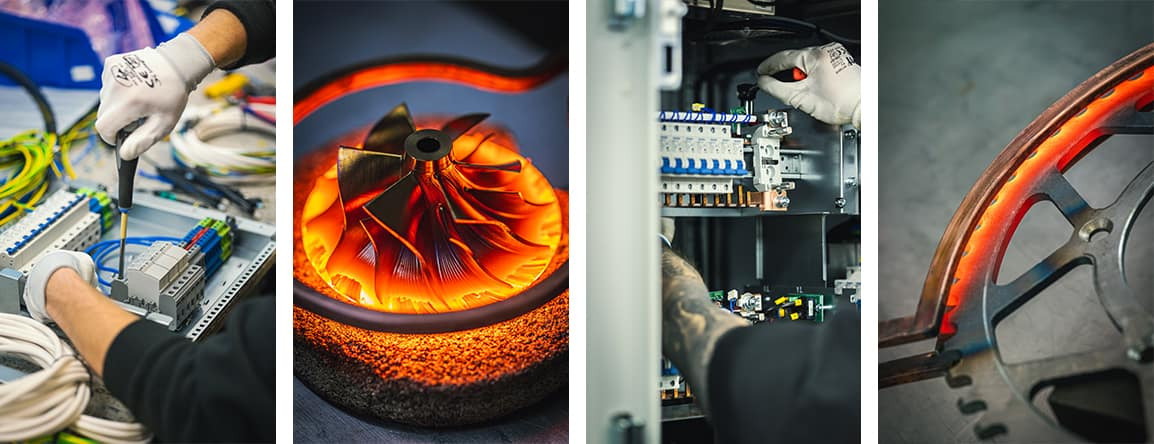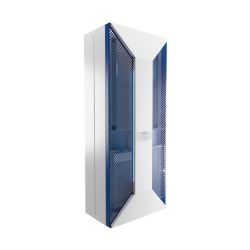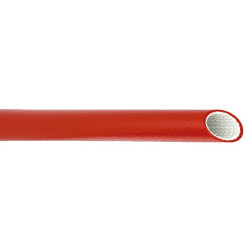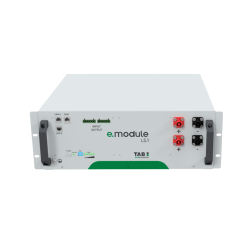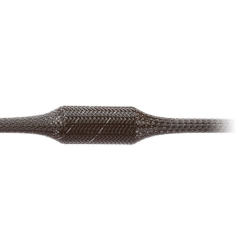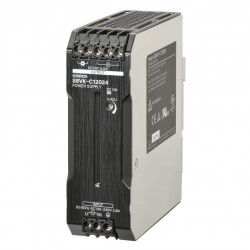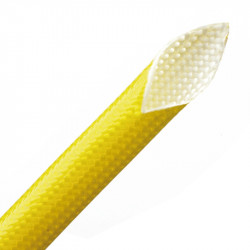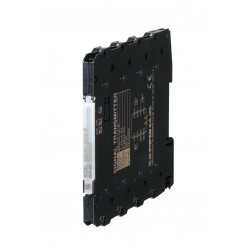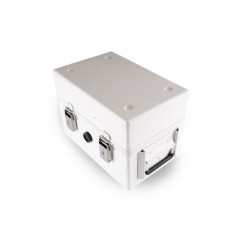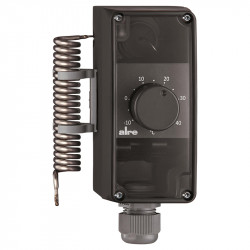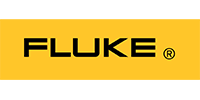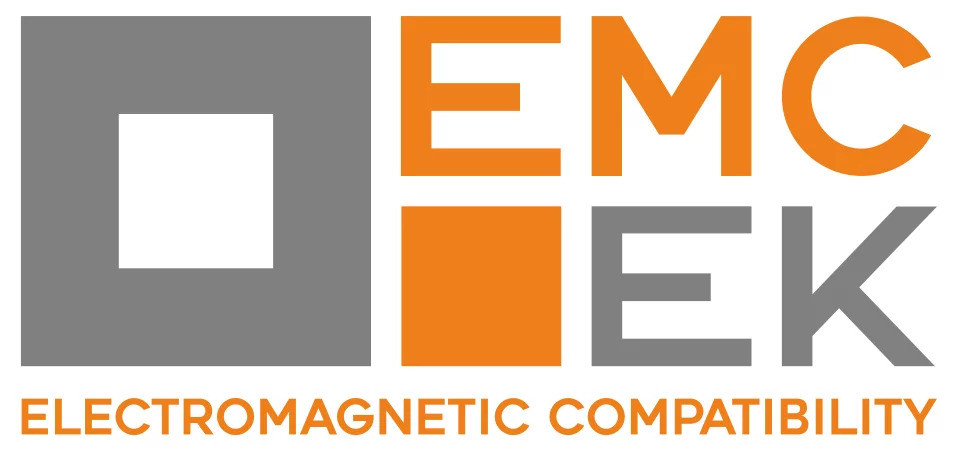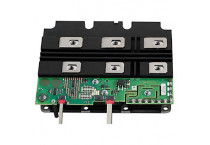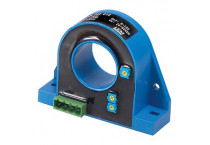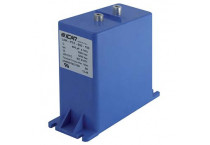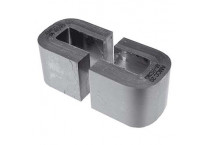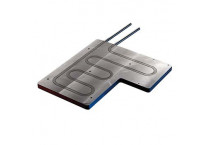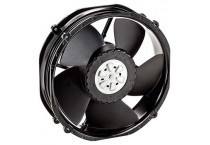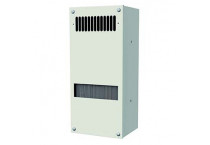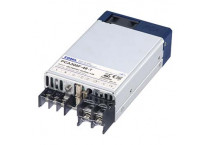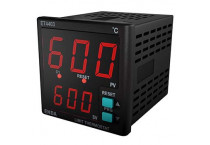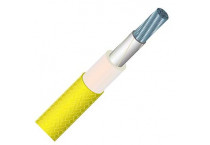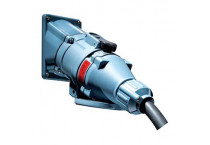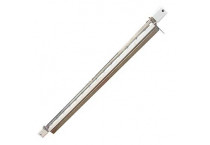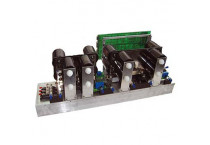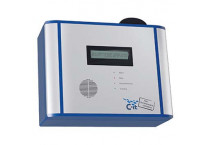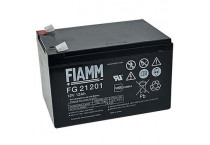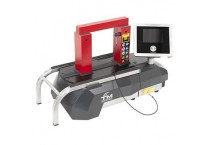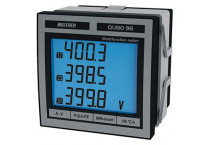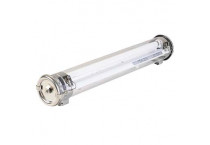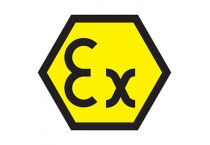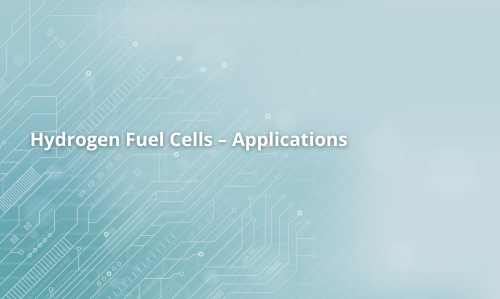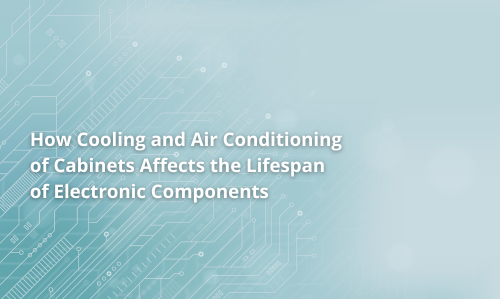L’article décrit les piles à combustible à hydrogène – une technologie qui convertit l’hydrogène en électricité de manière efficace et écologique. Il aborde les principes de fonctionnement des piles, leurs applications dans l’automobile, l’industrie et le secteur énergétique, ainsi que leurs avantages, tels que le ravitaillement rapide, l’autonomie étendue et la possibilité d’intégration avec des sources d’énergie renouvelable. Cette technologie constitue une solution prometteuse pour le développement durable et la transition énergétique.
Composants pour l'électronique de puissance - automatisation industrielle - électronique - génie énergétique - génie électrique
Fournisseurs
Voir tous les fournisseurscatégories de produits
Voir toutes les catégoriesDerniers articles
-
Comment le refroidissement et la climatisation des armoires influencent la durée de vie des composants électroniquesRead more
Cet article traite de l'importance du refroidissement et de la climatisation des armoires de contrôle pour maintenir la durée de vie des composants électroniques. Il explique comment une température et une humidité stables améliorent la fiabilité des systèmes industriels, décrit différentes méthodes de refroidissement, le rôle de la conception des armoires et du placement des composants, et souligne l'efficacité énergétique dans les installations industrielles modernes.
-
Comment les équipements à induction transforment-ils les processus de production ?Read more
L’article explique le principe du chauffage par induction et montre pourquoi cette technologie est de plus en plus utilisée dans l’industrie moderne. Il décrit la conception et le fonctionnement des équipements à induction, leurs principaux avantages par rapport aux méthodes de chauffage traditionnelles, ainsi qu’un large éventail d’applications – du durcissement et du brasage à la fusion des métaux et aux essais en laboratoire. L’article présente également les capacités de DACPOL SERVICE et souligne le rôle de l’entreprise en tant que partenaire technologique dans la conception, la mise en œuvre et la maintenance des systèmes de chauffage par induction.





